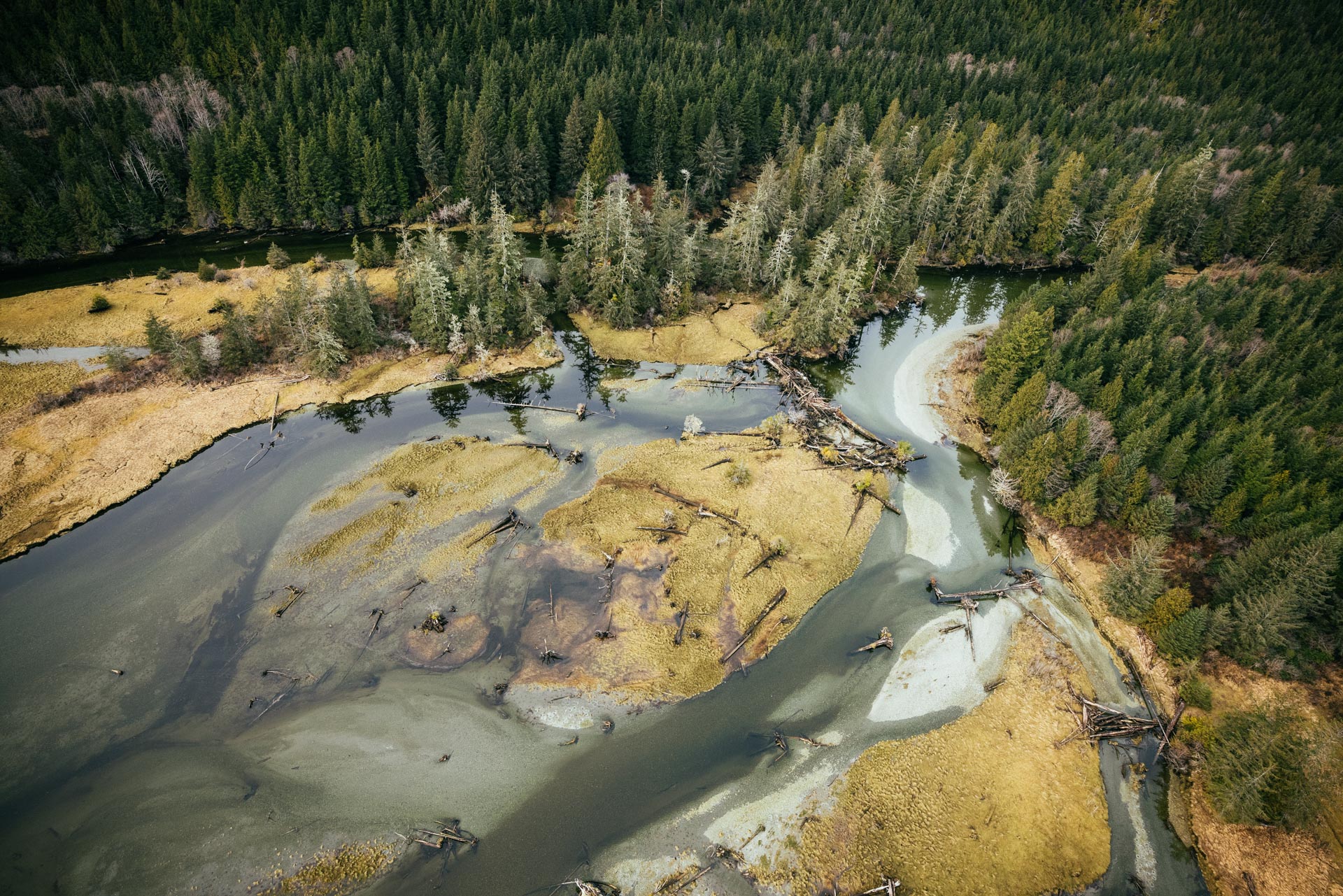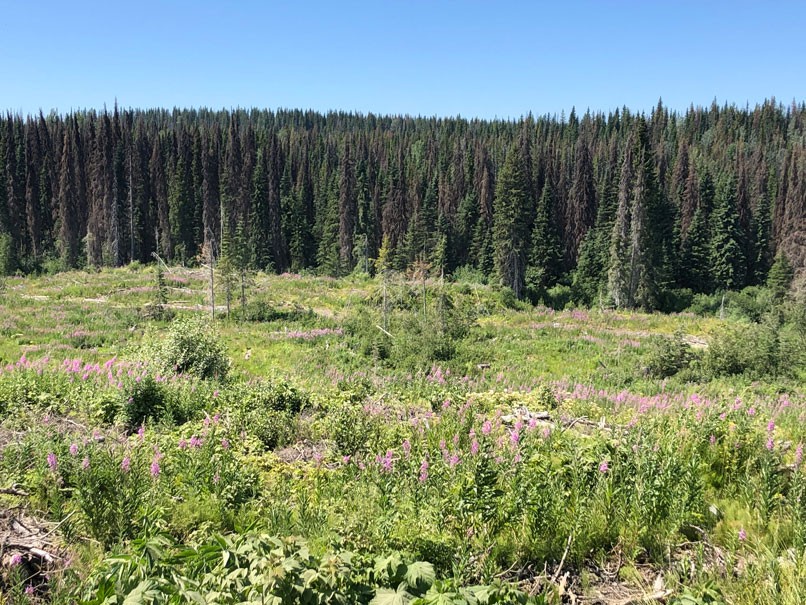Restoring & Growing Our Forests
The National Greening Program targets areas in need of reforestation or afforestation with mass seedling plantings and projects that enhance biodiversity.
Last year we planted over 2 million trees in five regions: British Columbia & Territories/North, the Prairies, Ontario, Québec, and Atlantic.
Our diverse network of partners and donors makes this possible, helping us to plant the right trees in the right places.

